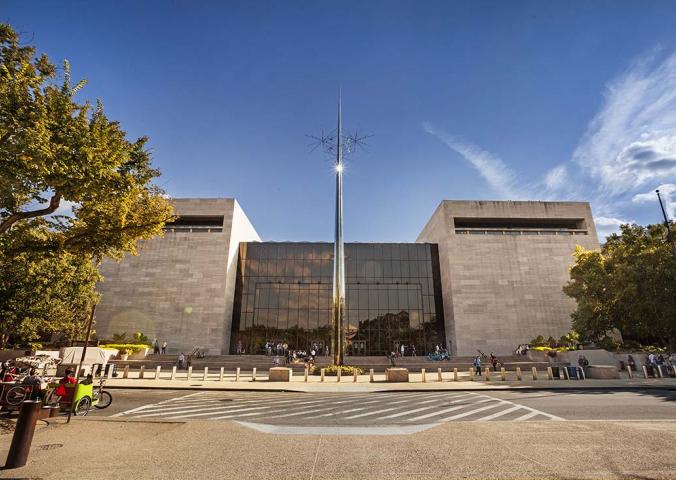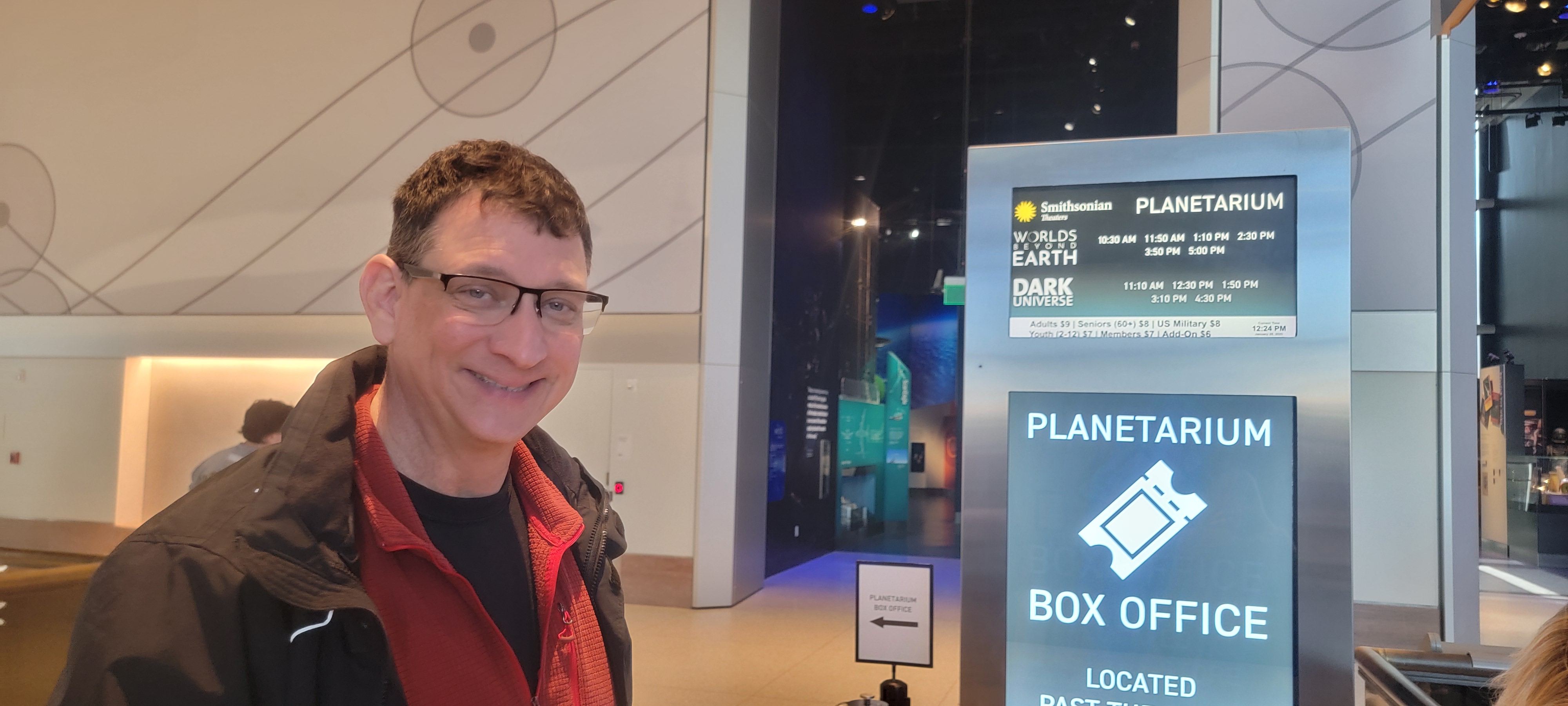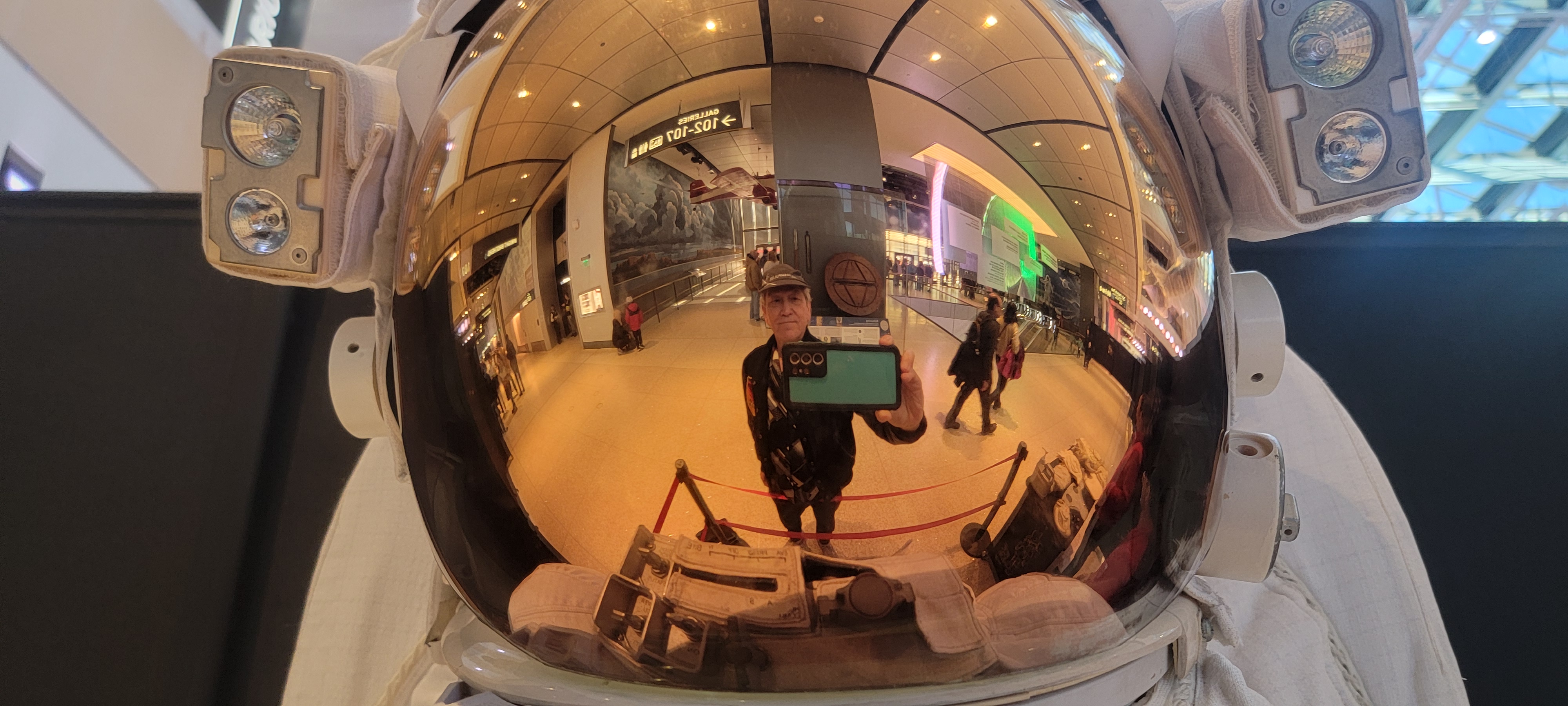By Marie Pohl

National Air and Space Museum of the Smithsonian Institution in Washington, D.C., January 28-29, 2025 - Commander G. Mark Miller and Don Hartsell co-hosted the weekly World Sky Race salon at the National Air and Space Museum with its assembled collection the most important and iconic planes, helicopters, and space capsules of aviation history.
Commander Mark Miller, a chair and CEO on the board of directors at the Greenofwater Marine Sciences Offshore, holds a prominent role in the marine science research community and is a 20-year veteran of distinguished service for the National Oceanic and Atmospheric Administration.

On that memorable Tuesday, Mr. Miller didn’t dive into the ocean but into the sky, or rather into the history of aviation. First, he and Don Harstell admired The Ryan NYP Spirit of St. Louis, which was, of course, piloted by Charles A. Lindbergh on the first solo flight across the Atlantic Ocean in 1927.
Then, they went to see the original command module Columbia, one of three parts of the complete Apollo 11 spacecraft, and the only portion of the spacecraft that returned to Earth.
The National Air and Space Museum holds approximately 17,000 space artifacts in its collection. More than 3,500 of those stem from the historic Apollo Moon landing effort, with 400 objects related specifically to the first successful lunar landing mission, Apollo 11.

But helicopters can be quite intriguing, too, especially the Bell 206L-1 LongRanger II Spirit of Texas, the first to complete a round-the world flight, piloted by H. Ross Perot Jr. and J. Coburn. They departed Dallas, Texas, on September 1, 1982, and returned 29 days later after flying over 26 countries, an average of eight and a half hours a day, and with no major mechanical problems along the way.
There was, however, one aviation trophy missing at the museum, one that has yet to make a name for itself: the airship that will win the World Sky Race.
Written By: Marie Pohl